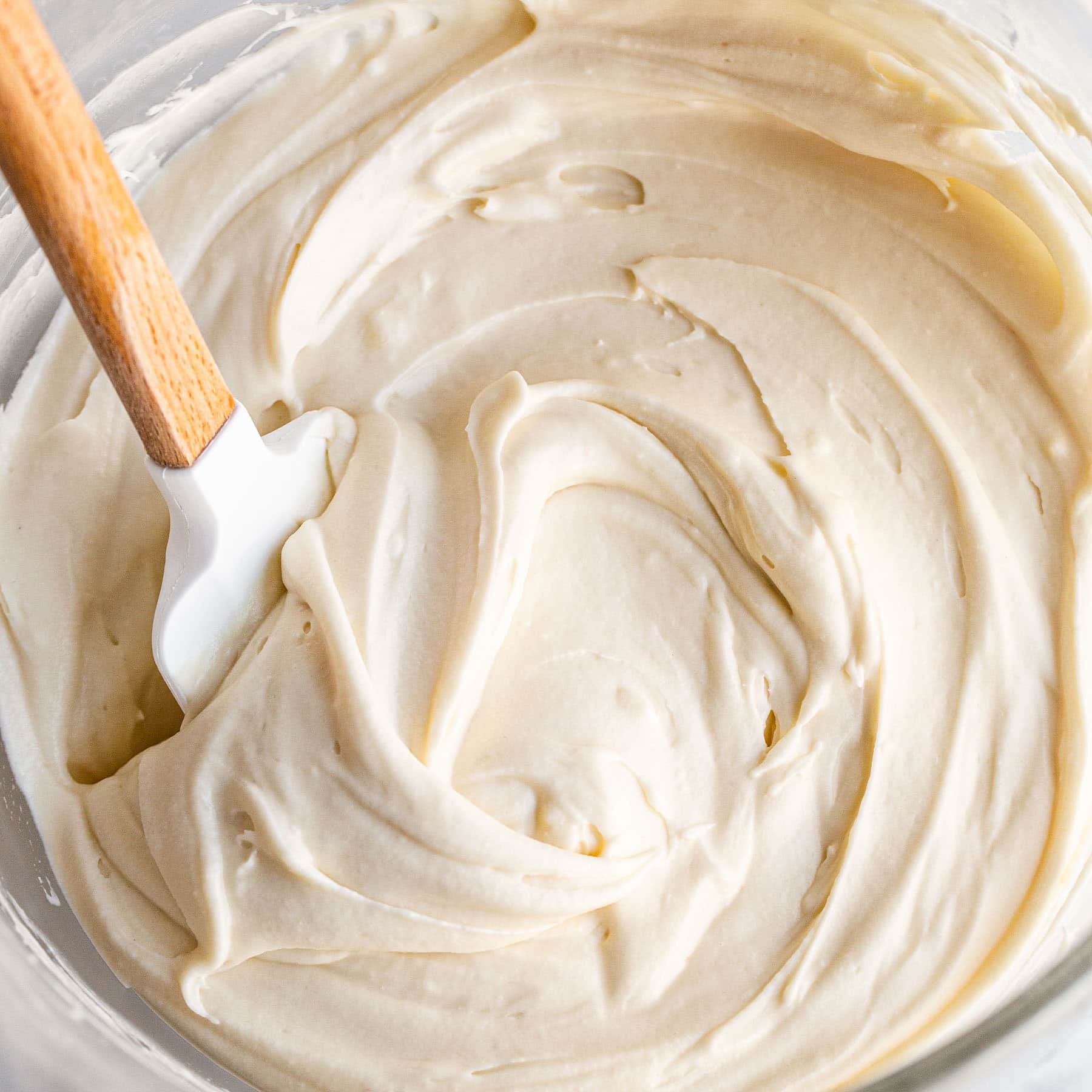Step-By-Step Guide: How To Make Cream Cheese At Home
Have you ever marveled at the creamy, tangy goodness of cream cheese and wished you could create it yourself? Making cream cheese at home is easier than you might think, and the best part is that you can control the flavor, texture, and quality of ingredients. Whether you're looking to save a few bucks, avoid preservatives, or simply enjoy the satisfaction of homemade dairy, this guide will walk you through the process with simple, clear instructions.
Crafting your own cream cheese offers a sense of accomplishment and opens up a world of culinary possibilities. With just a few basic ingredients—milk, cream, and an acidic agent—you can whip up this versatile spread that pairs perfectly with bagels, crackers, desserts, and more. Plus, homemade cream cheese provides a richer, fresher taste compared to store-bought versions.
In this comprehensive guide, we'll cover everything you need to know about how to make cream cheese, from choosing the right ingredients to troubleshooting common issues. We'll also explore a variety of flavoring options, storage tips, and creative uses for your homemade cream cheese. So, roll up your sleeves, grab your apron, and let's dive into the creamy world of homemade goodness!
- Elevate Your Wardrobe With Ropa Espantildeola Zara Style Quality And Global Appeal
- Understanding The Sanskrit Symbol For Breathe A Timeless Connection
Table of Contents
- What Is Cream Cheese?
- Ingredients Needed for Making Cream Cheese
- How to Make Cream Cheese at Home
- What Equipment Do You Need?
- Tips for the Perfect Cream Cheese
- How to Flavor Homemade Cream Cheese
- Storage Tips for Homemade Cream Cheese
- Nutritional Benefits of Homemade Cream Cheese
- Common Mistakes and How to Avoid Them
- How Does Homemade Cream Cheese Compare to Store-Bought?
- Creative Uses for Cream Cheese
- Can You Make Vegan Cream Cheese?
- Frequently Asked Questions
- Conclusion
What Is Cream Cheese?
Cream cheese is a soft, mild-tasting fresh cheese that is made from a combination of cream and milk. Unlike aged cheeses, cream cheese is meant to be consumed fresh, which gives it its signature smooth texture and slightly tangy flavor. It is often used as a spread for bagels, a key ingredient in cheesecakes, or a base for dips and frostings.
Originating in the United States in the late 19th century, cream cheese has become a staple in kitchens worldwide. Its rich, creamy consistency makes it incredibly versatile, whether you're using it in savory dishes or sweet treats. But what sets homemade cream cheese apart from its commercial counterpart is its purity and the ability to customize it to your liking.
Ingredients Needed for Making Cream Cheese
To make cream cheese at home, you'll need a handful of simple ingredients, most of which you probably already have in your kitchen. Here's what you'll need:
- The Ultimate Guide To Duvessa Hair Quality Care And Benefits
- Resume Genikus Mastering The Art Of Crafting Exceptional Resumes
- Whole milk: Choose high-quality, full-fat milk for a creamier texture.
- Heavy cream: This adds richness and helps achieve the smooth consistency.
- An acidic agent: Lemon juice, white vinegar, or citric acid can be used to curdle the milk.
- Salt: A pinch of salt enhances the flavor of the cream cheese.
How to Make Cream Cheese at Home
Step-by-Step Process
Follow these steps to make your own cream cheese:
- Heat the milk and cream: In a large saucepan, combine the whole milk and heavy cream. Heat the mixture over medium heat until it reaches about 185°F (85°C). Stir occasionally to prevent scorching.
- Add the acidic agent: Once the mixture is hot, gradually add your chosen acidic agent (lemon juice, white vinegar, or citric acid) while stirring gently. You'll notice the milk curdling and separating into curds and whey.
- Strain the curds: Line a fine-mesh strainer or colander with cheesecloth and pour the curdled mixture through it. Allow it to drain for about 10–15 minutes until most of the whey has been removed.
- Blend the curds: Transfer the drained curds to a food processor or blender. Add a pinch of salt and blend until smooth and creamy. Taste and adjust the salt if necessary.
- Store and enjoy: Transfer the cream cheese to an airtight container and refrigerate. It will thicken slightly as it cools. Use within 1–2 weeks for the best flavor and texture.
How Long Does It Take to Make Cream Cheese?
The entire process of making cream cheese, from start to finish, usually takes about 30–40 minutes. This includes the time for heating the milk, curdling, draining, and blending the curds. While the process is quick, the results are well worth it! Keep in mind that refrigeration time may add a few extra hours if you prefer your cream cheese chilled before use.
What Equipment Do You Need?
Making cream cheese requires minimal equipment, most of which can be found in a standard kitchen:
- Large saucepan
- Fine-mesh strainer or colander
- Cheesecloth or a clean kitchen towel
- Food processor or blender
- Measuring cups and spoons
- Thermometer (optional but helpful for accurate heating)
Tips for the Perfect Cream Cheese
Here are some tips to ensure your homemade cream cheese turns out perfect every time:
- Use fresh, high-quality ingredients: The quality of your milk and cream directly affects the taste and texture of your cream cheese.
- Don’t overheat the milk: Heating the milk too much can result in a grainy texture.
- Be patient while draining: Allow enough time for the whey to drain thoroughly for a creamier result.
- Blend for a smooth finish: A food processor or blender is essential for achieving the velvety texture of cream cheese.
How to Flavor Homemade Cream Cheese
One of the joys of making cream cheese at home is the ability to infuse it with your favorite flavors. Here are some ideas:
- Herbs: Mix in chopped chives, dill, or parsley for a savory twist.
- Spices: Add a dash of garlic powder, paprika, or chili flakes for a bold kick.
- Sweeteners: Stir in a bit of honey, maple syrup, or cinnamon for a sweet spread.
- Fruits: Blend in pureed strawberries, blueberries, or mango for a fruity variation.
Storage Tips for Homemade Cream Cheese
Proper storage is essential to maintain the freshness and quality of your homemade cream cheese:
- Store in an airtight container to prevent it from absorbing odors from other foods in the refrigerator.
- Refrigerate immediately after making and use within 1–2 weeks.
- For longer storage, consider freezing the cream cheese. However, note that freezing may slightly alter its texture.
Nutritional Benefits of Homemade Cream Cheese
Homemade cream cheese is not only delicious but also packed with nutrients:
- Protein: Cream cheese contains a good amount of protein, which is essential for muscle repair and growth.
- Calcium: It is a great source of calcium, which strengthens bones and teeth.
- Lower preservatives: Unlike store-bought versions, homemade cream cheese is free from artificial additives and preservatives.
Common Mistakes and How to Avoid Them
Here are some common pitfalls and tips to avoid them:
- Using low-fat milk: Stick to full-fat milk for the best results.
- Over-curdling the milk: Adding too much acidic agent can lead to overly firm curds.
- Skipping the blending step: Always blend the curds for a smooth, creamy texture.
How Does Homemade Cream Cheese Compare to Store-Bought?
Homemade cream cheese offers several advantages over store-bought options:
- Freshness: Homemade cream cheese tastes fresher and richer.
- Customization: You can tailor the flavor, texture, and ingredients to your preferences.
- Healthier: It’s free from artificial additives and preservatives.
Creative Uses for Cream Cheese
Here are some delicious ways to use your homemade cream cheese:
- Spread it on bagels, toast, or crackers.
- Use it as a base for creamy dips or spreads.
- Add it to pasta sauces for a rich, creamy texture.
- Incorporate it into desserts like cheesecakes, frostings, or tarts.
Can You Make Vegan Cream Cheese?
Yes, you can make vegan cream cheese! Here’s how:
- Use plant-based ingredients such as cashews, coconut cream, or tofu.
- Blend with lemon juice, nutritional yeast, and salt for a creamy, tangy flavor.
- Customize with your favorite herbs, spices, or sweeteners.
Frequently Asked Questions
1. Can I use low-fat milk to make cream cheese?
While you can use low-fat milk, the cream cheese may turn out less creamy and flavorful. Full-fat milk is recommended for the best results.
2. How long does homemade cream cheese last?
Homemade cream cheese can be stored in the refrigerator for 1–2 weeks in an airtight container.
3. Can I freeze homemade cream cheese?
Yes, you can freeze cream cheese, but be aware that the texture may change slightly upon thawing.
4. What’s the best acidic agent to use?
Lemon juice and white vinegar are popular choices. Both work well and impart a slight tang to the cream cheese.
5. Can I make cream cheese without a blender?
Yes, you can use a hand mixer or mash the curds manually, but the texture may not be as smooth.
6. Is homemade cream cheese healthier than store-bought?
Homemade cream cheese is often healthier as it contains no preservatives or artificial additives.
Conclusion
Making cream cheese at home is not only simple but also rewarding. By following this guide, you’ll create a creamy, delicious spread that’s fresher and healthier than anything you can buy at the store. Whether you're a seasoned chef or a beginner in the kitchen, homemade cream cheese is a delightful addition to your culinary repertoire. So, gather your ingredients, give it a try, and enjoy the satisfaction of crafting your own creamy masterpiece!
- Essential Guide To A R D E Everything You Need To Know
- Floor And Decor Hours Everything You Need To Know

Easy Cream Cheese Frosting Recipe Handle the Heat

How to Make Cream Cheese Southern Plate